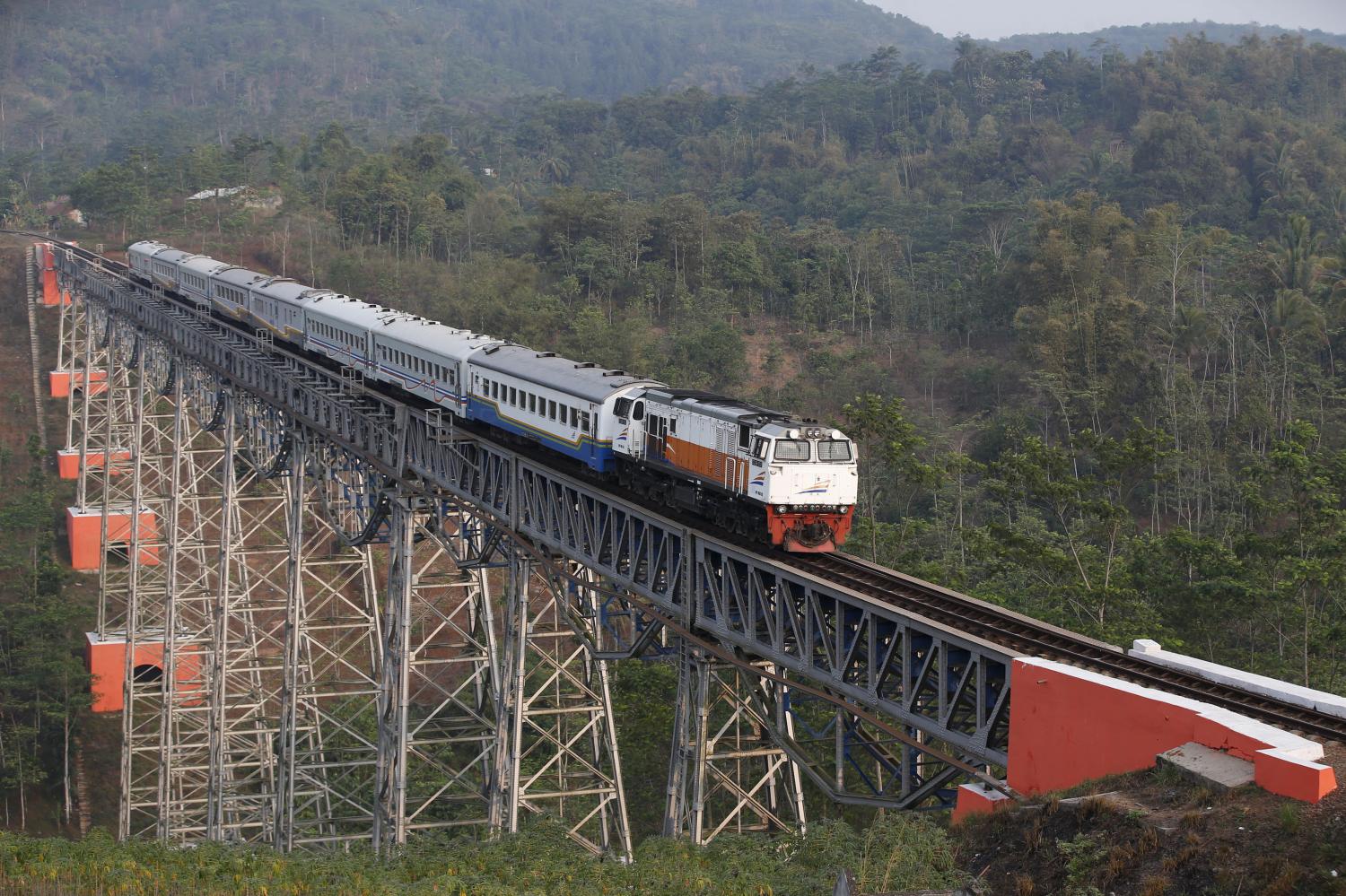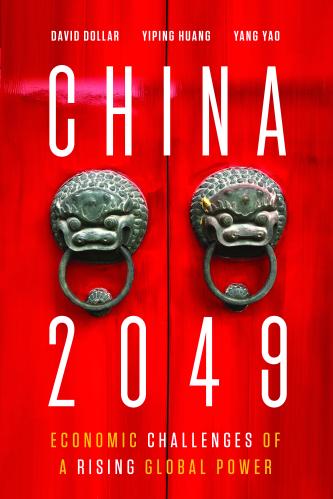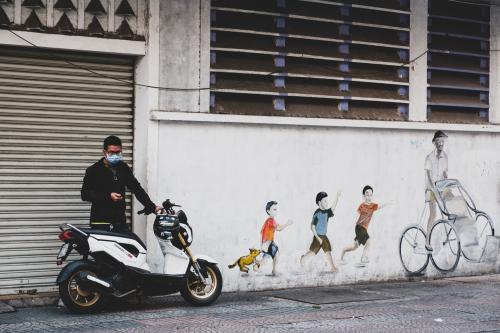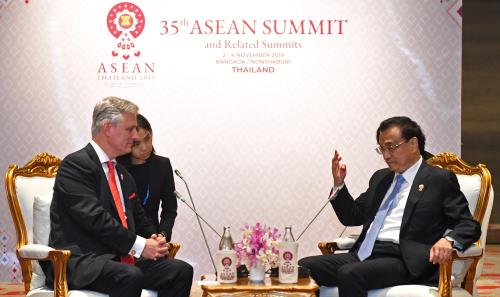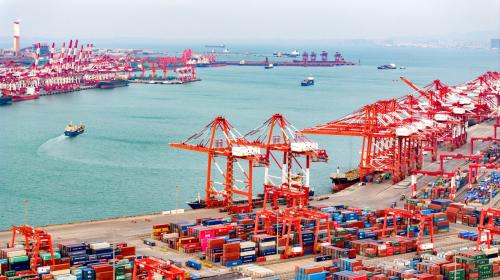EXECUTIVE SUMMARY
The U.S. and China are promoting competing economic programs in Southeast Asia. China’s Belt and Road Initiative (BRI) lends money to developing countries to construct infrastructure, mostly in transport and power. The initiative is generally popular in the developing world, where almost all countries face infrastructure deficiencies. As of April 2019, 125 countries had signed onto BRI including all 10 ASEAN countries.
One valid criticism of BRI is that the program lacks transparency, so it is difficult to find details on how much China is lending for different projects, what the terms of the loans are, and what environmental and social risks are involved. While the advanced economies have generally been critical of the initiative, Italy broke ranks with the rest of the G-7 and signed up for BRI in 2019.
U.S. opposition to China’s initiative is crystalized in the Trump administration’s Free and Open Indo-Pacific (FOIP) program, which criticizes Beijing for leveraging predatory economics to coerce other nations and poses a clear choice between “free” and “repressive” visions of world order in the Indo-Pacific region. While the U.S. initiative criticizes China’s lending, it does not offer ASEAN countries much in the way of alternative financing as Western aid has declined and shifted away from infrastructure.
Concerning ASEAN’s borrowing from China, the projects are diverse: international rail, urban transport, expressways, hydropower, carbon-based power, transmission lines. Among the major borrowing countries, some are authoritarian, whereas others are more democratic.
The large countries in ASEAN were in good financial shape prior to the coronavirus crisis, so fears of “debt-trap diplomacy” were over-blown. The smaller economies — Laos especially — were more at risk. It is likely that the coronavirus will lead to public health crises in many developing countries, including in ASEAN. What is even more certain is that the global recession will hit these countries hard. Volumes and prices of the primary products that many developing countries export are down substantially. The G-20 has endorsed the idea of a debt moratorium on payments by low-income countries. There are many examples of China restructuring or writing off debts since 2000, so it is realistic to expect China to participate in a new round of rescheduling and write-offs. While China and the West have been competing over infrastructure in Southeast Asia, coordinating on debt relief will now be an important area for cooperation.
Finally, there is some initial evidence that China is learning from its experience and improving its practices. Recommendations for the U.S. include dialing down the anti-China rhetoric and joining the Asian Infrastructure Investment Bank (AIIB), supporting additional human and financial resources for the International Monetary Fund (IMF), encouraging the World Bank to focus more on infrastructure and to reduce processing times for its loans, and increasing cooperation with longstanding partners, such as Japan, Australia, and Singapore, to support sustainable infrastructure development in Southeast Asia.

